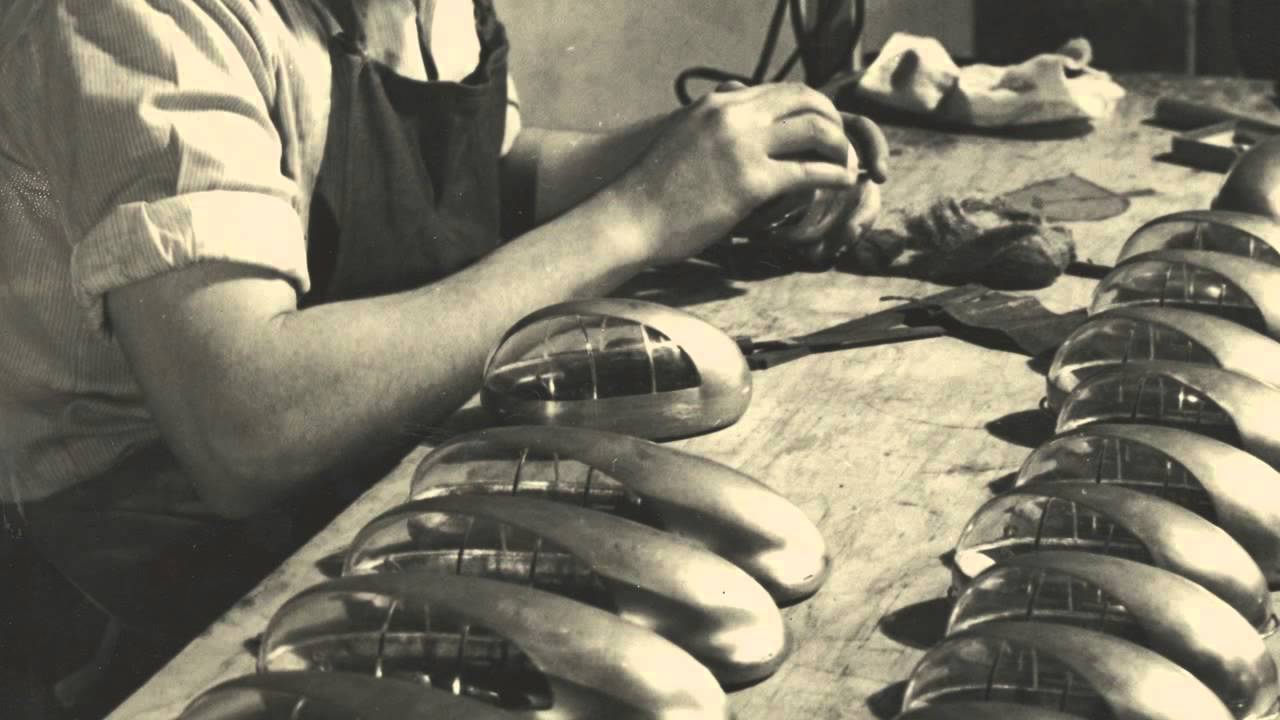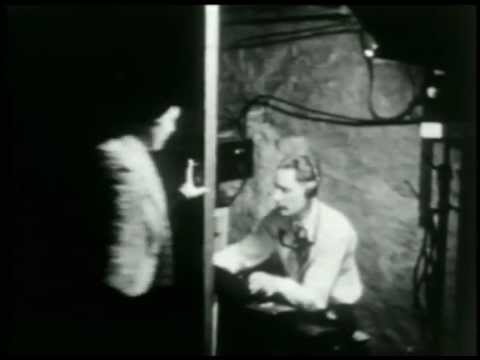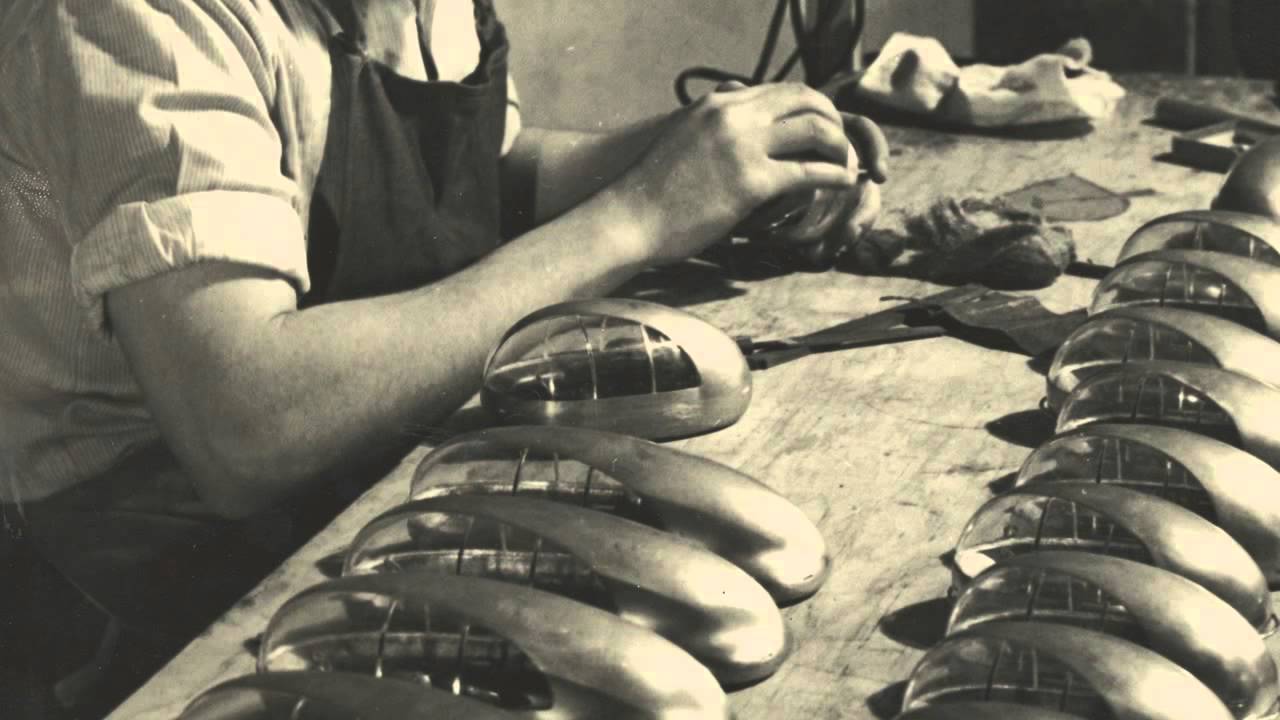Donald Albrecht, exhibition organizer and curator of architecture and design at the Museum of the City of New York, discusses industrial designer Norman Bel Geddes’s influence on the American landscape. Albrecht—editor of Norman Bel Geddes Designs America (Abrams)—emphasizes the breadth of the Bel Geddes collection at the Ransom Center, which includes Bel Geddes’s plans and sketches of his futurist visions.
The exhibition Norman Bel Geddes Designs America, which was on view at the Ransom Center in fall 2012, opens at the Museum of the City of New York today. To celebrate this traveling exhibition, the Ransom Center is giving away a free “I Have Seen the Future” totebag to all Ransom Center visitors, while supplies last.


